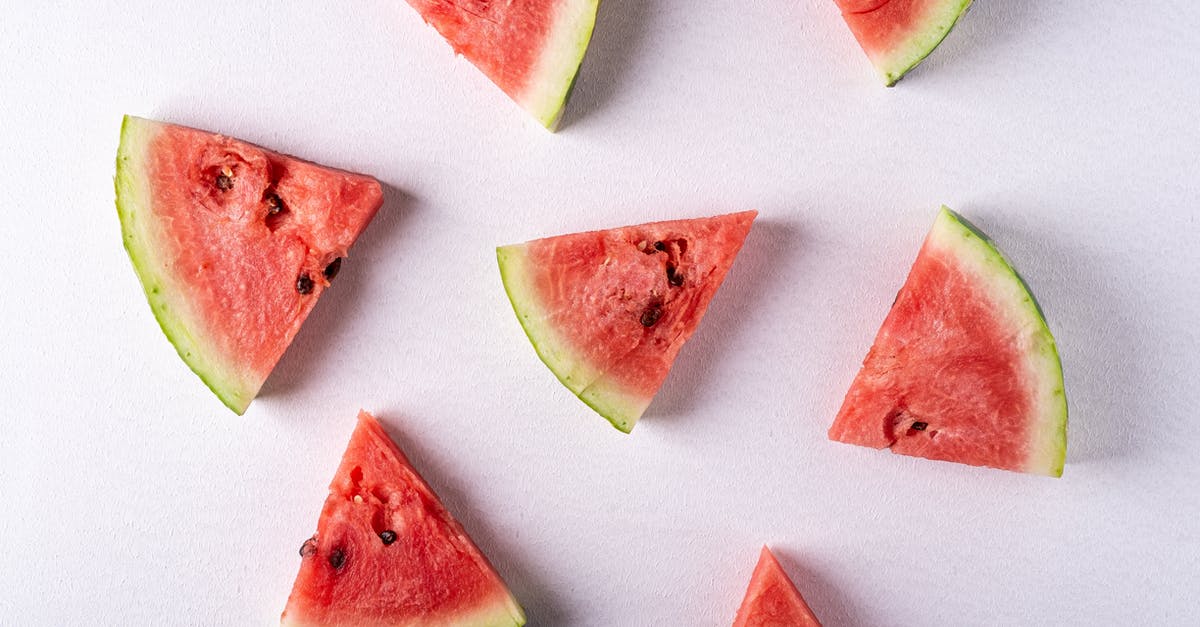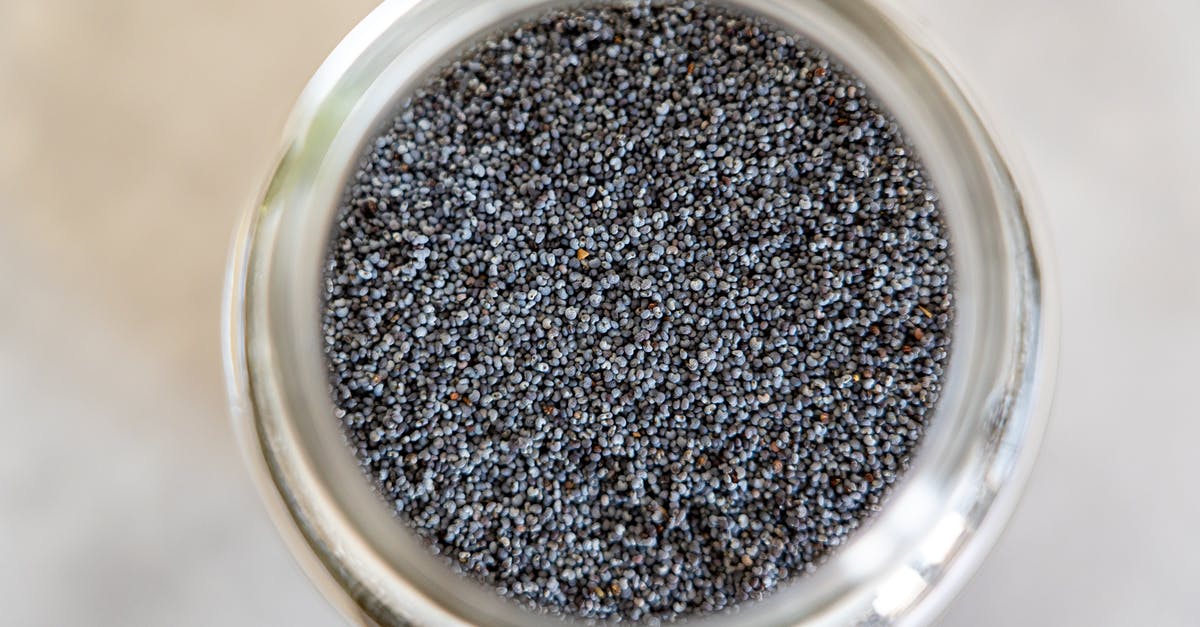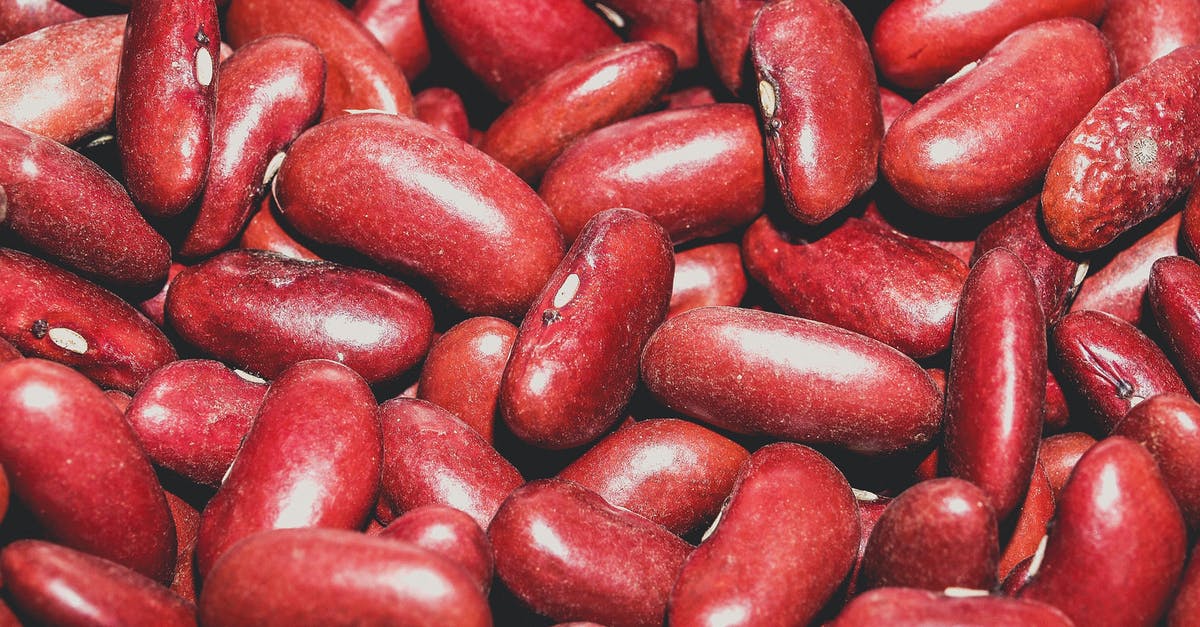Are nectarine seeds edible?

Eating a nectarine this afternoon, I found the pit was cracked open. Curious, I broke it apart and found an almond-like seed (or nut?) inside.
I remember hearing that some almonds, or perhaps their relatives (stone fruit?), may be poisonous in their natural form. Do nectarines fall into that category? If so, is there some treatment I can give it to destroy the poison (and yet keep it good for food, and a delight to the eyes, and to be desired to make one wise)? Will I surely die?
Best Answer
Don't eat it as-is. It contains cyanide.
Bitter almonds are the definitely poisonous thing you've probably heard of; they contain enough cyanide that just a few could kill a small child (according to On Food and Cooking). The poison is released when the kernels are broken, as defensive mechanism. The variety we eat is a "sweet" safe version which doesn't have cyanide. Other stone fruit kernels are essentially like bitter almonds; the plants are closely related.
Fortunately it's pretty hard to accidentally eat bigger kernels (apricots, peaches, and nectarines) that could carry enough to really be harmful. Smaller things like cherries of course don't contain as much, so it's no big deal if you accidentally swallow some, but you still shouldn't go out of your way to eat them.
The key almond flavor you're familiar with from almond extract is benzaldehyde, a byproduct of the cyanide production - unfortunately the poison and the delicious flavor come together. (The plants actually produce amygdalin, which is then broken down into sugar, benzaldehyde, and hydrogen cyanide.) The extraction of the benzaldehyde is a chemical process that you can't really do at home, so you can't just make almond extract/oil directly from them.
The best general reading article about bitter almonds I found was The Case of the Tasty But Poisonous Nut, from the LA Times in 2002. A few notable parts:
The lethal dose of raw bitter almonds depends on the size of the nuts, their concentration of amygdalin and the consumer's sensitivity. But scientists estimate that a 150-pound adult might die from eating between 10 and 70 raw nuts, and a child from ingesting just a few.
Schrade, who studied organic chemistry at Yale, learned that because hydrocyanic acid vanishes into the air when heated, cooking destroys the poison in bitter almonds and allows them to lend their flavor to a wide range of dishes, both traditional and modern.
The FDA clarified the agency's position recently, saying that it would allow bitter almonds to be shipped interstate to professional chefs and bakers, as long as their dishes were cooked to be nontoxic.
In any case, although it may be safe for most adults to nibble a raw bitter almond to experience its intense flavor, that would be unpleasant to most people. The nuts are not meant to be eaten as a snack food like regular almonds: They're used as a spice, like nutmeg or cinnamon.
So in summary: it sounds like fully roasting the kernel would make it safe, but since it should be something like a bitter almond, you probably don't want to just eat it like that, but rather incorporate it into something. And of course, I'm still unsure of the exact definition of "fully roasting" for complete safety. Dharini's comment below links to a suggestion that you need 10-15 minutes at 350°F, or possibly less if you've already removed the kernel from the pit, but other (also unreputable) sources I found recommended as much as 20 minutes in a "warm oven" for bitter almonds. Finally, the recipes at the end of the LA Times article are presumably safe, if you want to use them as starting points. (Obviously the risk is lower if you're just trying to eat a single kernel, but I don't want to make any unfounded recommendations.)
Pictures about "Are nectarine seeds edible?"



Quick Answer about "Are nectarine seeds edible?"
The seeds of stone fruits — including cherries, plums, peaches, nectarines, and mangoes — naturally contain cyanide compounds, which are poisonous. If you accidentally swallow a fruit pit, it probably won't cause any harm. However, you should not crush or chew the seeds.Are nectarines seeds poisonous?
Description. Some fresh fruits, including cherries, plums, peaches, nectarines and apricots have pits that contains cyanide compounds, which are poisonous. If a couple pits are accidentally swallowed, it will not cause poisoning. The pits are more poisonous if they are ground up/crushed or the seeds are chewed.What is the nut in the middle of a nectarine?
The secret is apricot pits. The pits of apricots, nectarines, peaches and plums all contain a kernel that tastes astonishingly like an almond. Not a sweet almond, but one with a rounded nutty flavor that ends bitter. And they can be used in ways other nuts cannot.Is it safe to eat a nectarine with a split pit?
Eat or toss: Eat! But be careful with that odd stuff by the pit, it's unlikely to taste good and may have bits of broken pit in it. In some cases the split might also break the peach's skin.Can I eat a nectarine whole?
Nectarines are delicious eaten as they are and can also make superb additions to fruit salads and other dishes. You can slice a nectarine into small sections before eating it. You can also eat a nectarine without slicing it.Are Peach Kernels Safe to Eat?
Sources: Stack Exchange - This article follows the attribution requirements of Stack Exchange and is licensed under CC BY-SA 3.0.
Images: Rodion Kutsaiev, Daria Shevtsova, Castorly Stock, icon0.com
